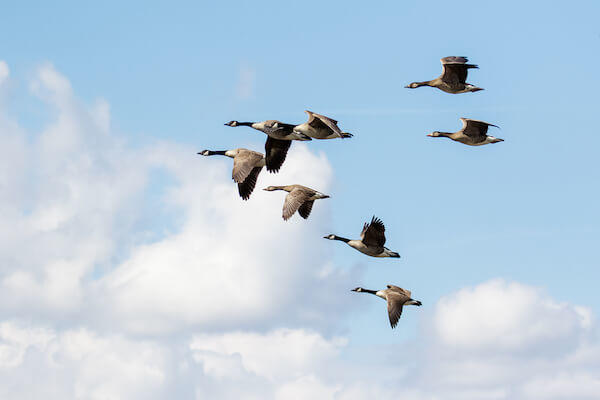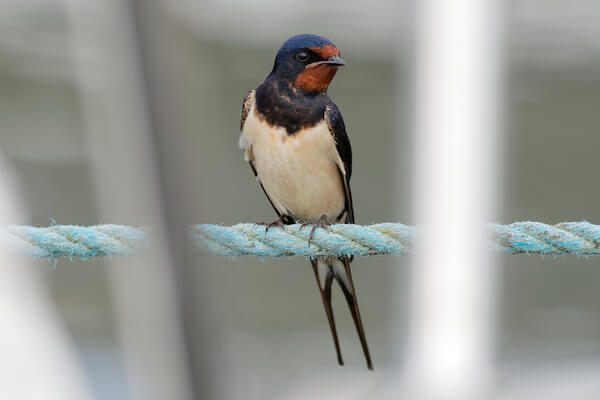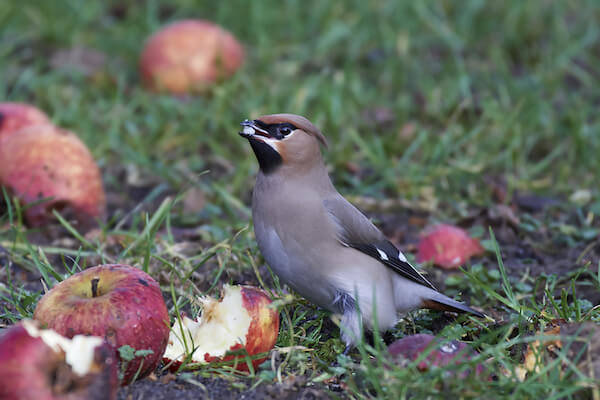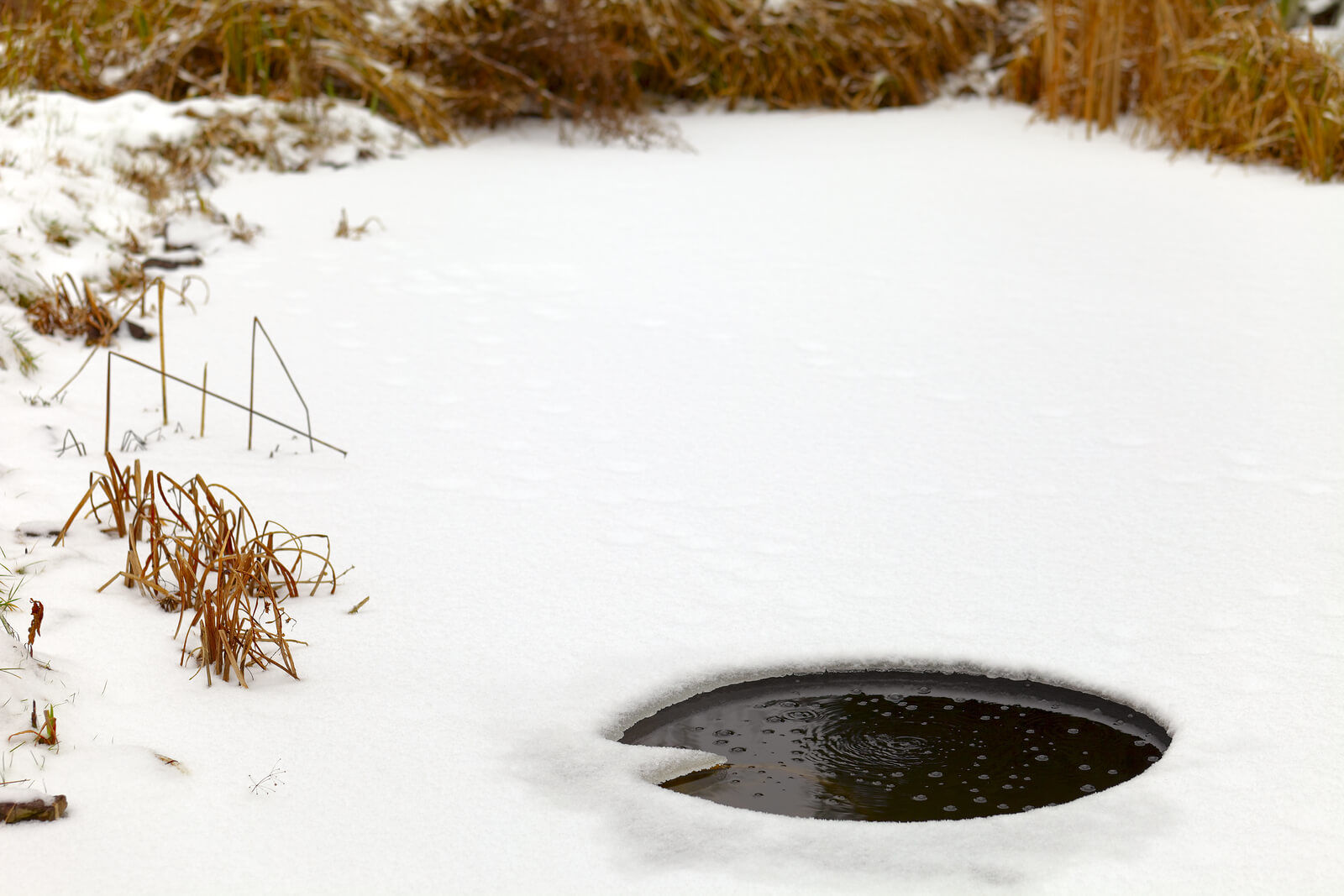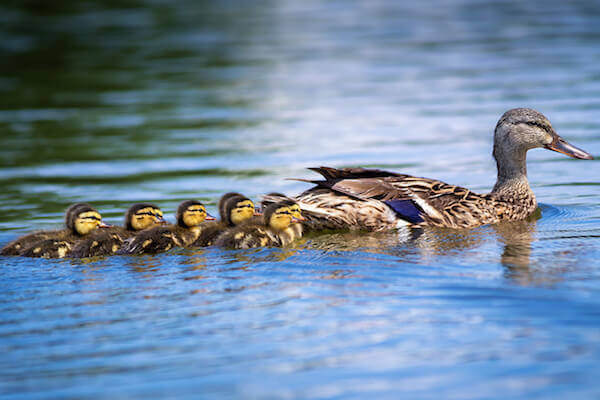Many species of bird migrate seasonally, usually along a flyway. In many cases, the flyway is defined by natural water barriers such as oceans, rivers, and seas. Bird migration has been going on for a very long time. Many ancient cultures noted this phenomenon and even recorded it. The same patterns continue to date, although the birds now suffer because of the destruction of their stopover sites and wintering habitats.
This phenomenon happens for many reasons. Birds primarily move because of the availability of food, and this is normally influenced by changes in seasons.
Which Birds Migrate?
One thing to learn about birds is that not all birds migrate. In fact, some sedentary birds can never move more than a kilometer from their birthplace.
That being said, about 40 percent of the world’s bird species migrate regularly. That equals around 4,000 bird species.
The best known migrant species are the northern land types such as the swallow and the birds of prey.
These migrate from Europe to Africa during winter. As you would expect, regions such as Canada, Europe, and the USA have higher proportions of migrant birds compared to tropical regions. This is because the birds need to escape winter in these regions. In this season, predator birds such as insect eaters have to migrate in search of food.
Birds that migrate to Europe include:
- cuckoos
- turtle doves
- terns
- hobbies
- ospreys
- yellow wagtails
They include:
- Bohemian waxwings
- Boreal chickadees
- Purple Finches
- Common redpolls
- Northern shrikes
- Varied thrushes
- Snowy owls
Frequently Asked Questions
Do ducks migrate?
Yes, many species of ducks migrate for warmer temperatures when winter approaches.
When do ducks migrate?
They begin their migration in August through September.
Where do ducks migrate to?
Ducks migrate from their northern nesting grounds to warmer southern areas.
Related Reading
Why Do Birds Migrate?
Birds migrate for many reasons. As noted, their primary motivation is the availability of food. For certain species, food is hard to get in winter, meaning they have to find warmer places to stay if they have to survive. On the other hand, some species have to stay in cold places since they will be able to find food easier in this specific weather. Usually, the birds fly back to their original homes after the season.
In some cases, birds will even migrate in large masses once their food reserves in one place are depleted. For example, if they move to a warm place and the population ends up growing too large for the available food, the birds will move to a neighboring place. This phenomenon occurs once every 2 to 10 years.
Migration can also be simply influenced by the harsh weather. Some birds cannot survive comfortably in extreme winters and as such, have to find more temperate regions.
Changes in day length also influence migration. Breeding birds prefer regions with longer days since they have more time to feed their offspring.
Species such as the shelduck migrate in order to molt. All birds shed their feathers every year. However, birds such as shelducks lose all their feathers and are completely unable to fly till they grow back. For this reason, they migrate to places that are perceived to be safer.
Bird migration is also influenced by changes in the quality of seed crops. Those that eat these crops move as soon as the trees start to give poor products.
How Do Birds Migrate?
Birds generally migrate north and south. Bird watchers have discovered patterns in their migration. One notable migration pattern involves the birds moving northwards to temperate or Arctic summer, mainly for breeding purposes. In the southern hemisphere, the birds fly southwards to temperate regions for the same reason.
Not all bird species migrate north, south, east or, west. Some simply migrate up and down or vertically. For example, in winter, the birds may move to lower areas in search of a more tolerable climate and food. One species known to migrate vertically is the snow bunting.
Some birds are referred to as passage migrants. This means they will stop over at a specific place for a few weeks, then carry on with their journey. The birds usually do this because they need to rest and get re-energized.
The migration of birds usually starts in a broad front, and this later develops into a narrower route. These routes are referred to as flyways and are commonly defined by water bodies and other natural barriers. Birds don’t usually fly over large water bodies. Instead, they choose to fly just along the river or ocean. The flyways may also be influenced by wind patterns.
Migration routes and wintering grounds are determined traditionally and, in many species, the knowledge appears to be genetically determined. In species such as the white stork, the eldest member of the flock leads the birds during migration. Younger members of the flock take these opportunities to learn the migration routes. Some bird species have not been around for long enough to have their own learned migration routes. Most of these follow genetically determined routes during migration.
Almost all birds move in flocks and a formation. For example, geese usually fly in a V formation. Flightless birds such as penguins also migrate in flocks, although they swim instead of flying.
Some birds choose to travel in the night, probably as a way of conserving energy and staying safe from predators. These are referred to as nocturnal migrants. To maintain the pattern of the formation and prevent collisions, these birds make use of nocturnal flight calls.
Further Reading:

